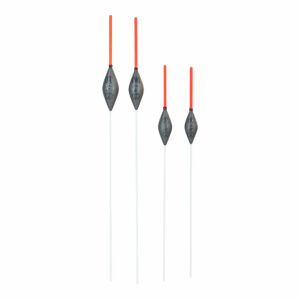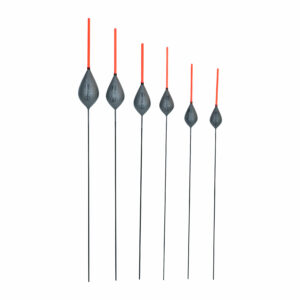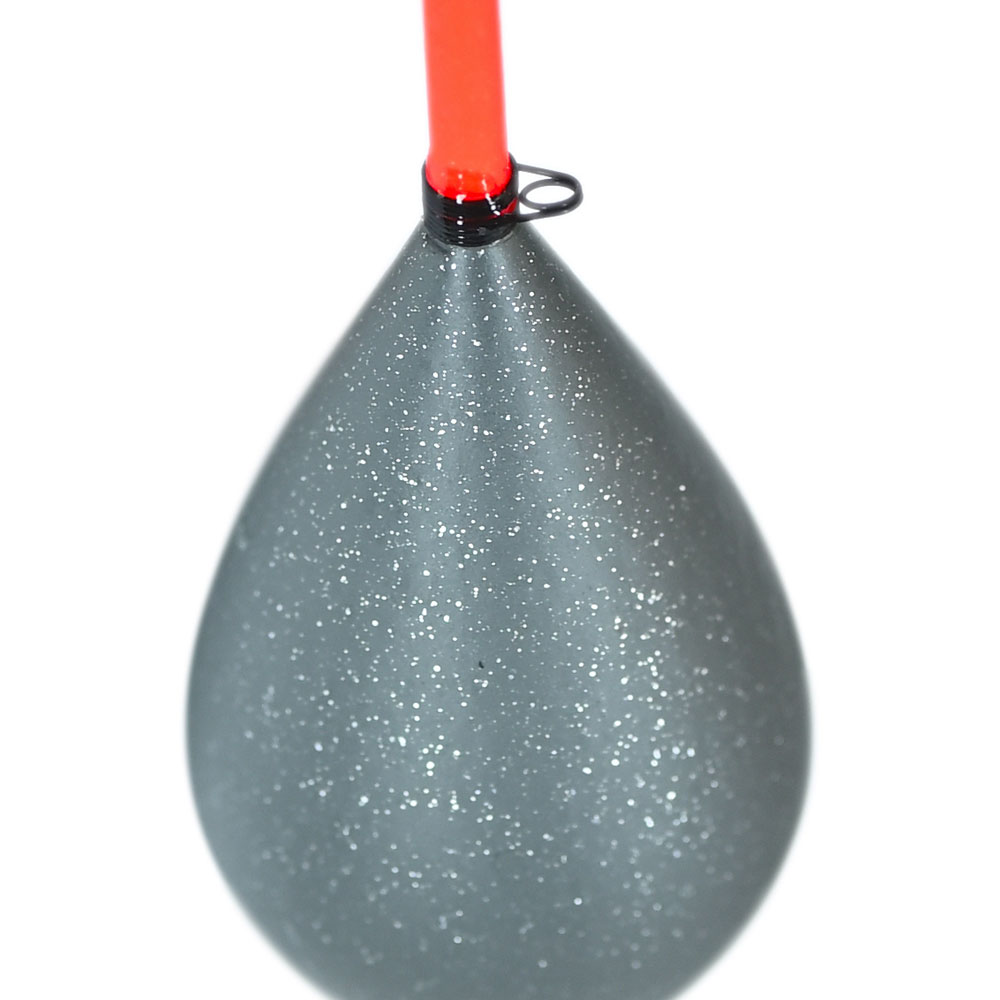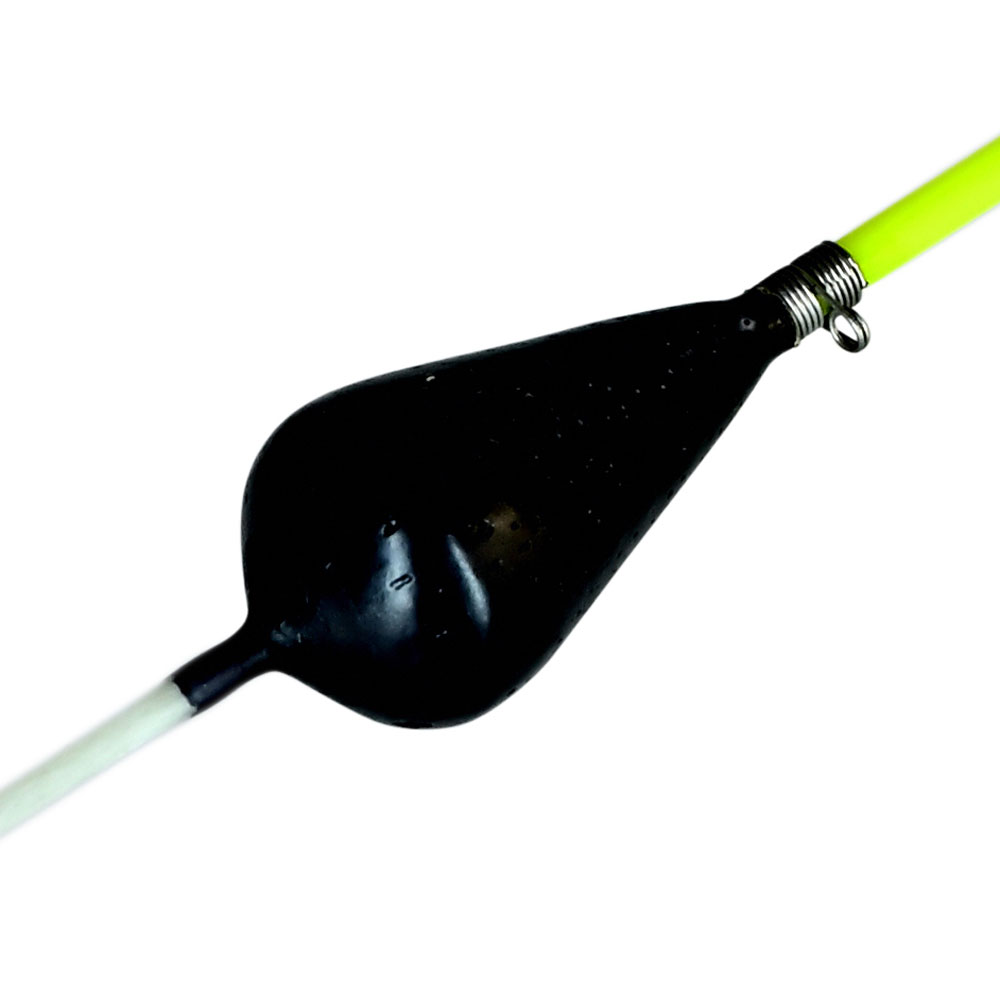Pole Floats
About Edge Pole Floats
At Edge, we have tried to make a comprehensive range of pole floats without making too many or making things too complex or confusing. To that end, we have simply designated them as either ‘C’ series or ‘N’ series.
C = aimed at Carp or Commercial fishery.
N = aimed at Natural waters, so rivers, canals etc.
Where possible, we have tried to make floats which will cover a large percentage of what we all need on lakes, ponds, rivers, drains & canals and divided them into 2 basic categories.
Now, there are no hard and fast rules, and some of us may well use a C series float on a river (we know Richard would) if the type/size and construction were right for a particular job. Likewise, some will use the N1 and N2 floats on a commercial in winter because of their finesse. So it doesn’t make it wrong if you do the same or similar. It’s whatever works for you.
See individual floats for their specifications and sizes available.
Float Construction
The eyes used on pole floats can make a difference in how they sit and perform. Many pole floats aimed at carp use a Coiled or Spring eye placed over the tip, which is strong. However, many are just unnecessarily big and bulky, especially on smaller sizes like 0.2g etc. So at Edge, we have had purpose-made smaller coiled eyes. They are just as strong but are more refined and have a bit more finesse about them.
The tip/stem construction on Edge Tackle floats is strong and durable. The stem travels through the whole body, the hollow tip is then fitted over and down onto the solid stem to a point roughly in the middle of the body. This makes the join incredibly strong. The coiled eye is on top of these two parts, which is the strongest position for the eye. The vast majority of the hollow tip, is just that, hollow and full of air.
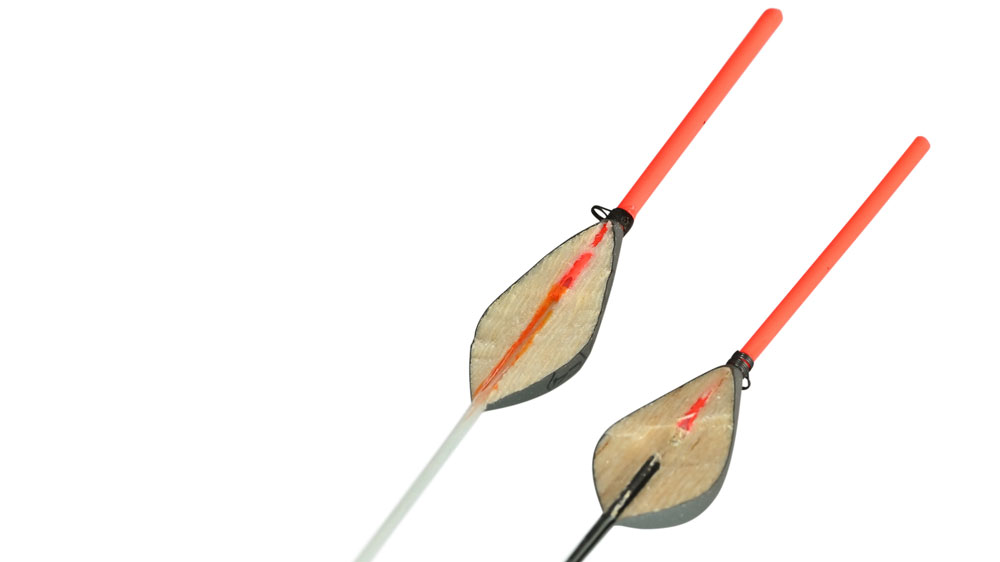
Even all balsa floats with no separate tips have a good length of joint with their stems.
Those floats which need to use the twisted stainless steel eyes – like Dibbers – have a long eye with a decent length of twisted wire inside the balsa bodies, which makes them as strong as they can be for their type.
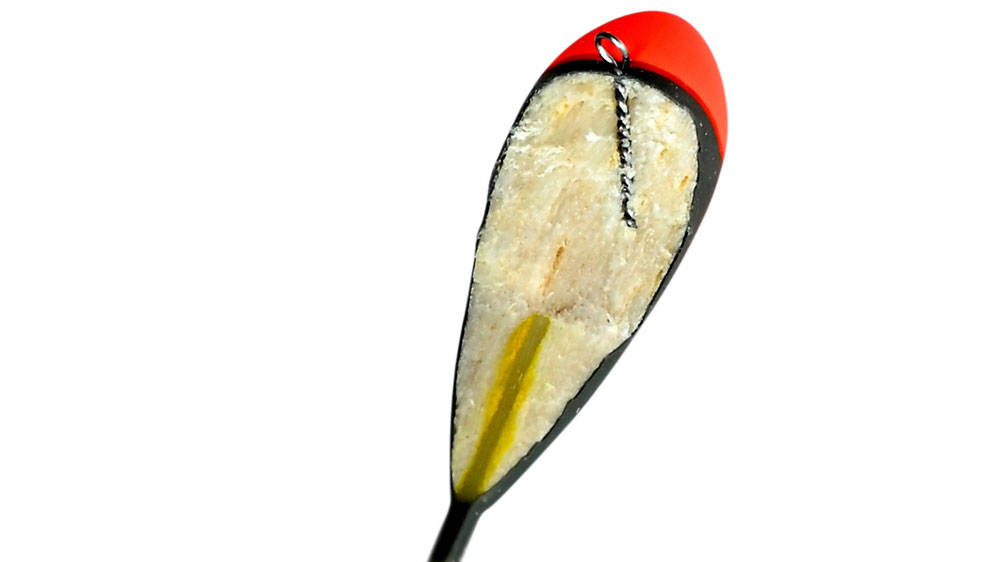
About Float Tips
Tips vary from float to float depending upon what it might be used for and its size.
We have both red and yellow colours to choose from. Black was not made simply because it is so easy to make a black float with a permanent marker pen, as we all do anyway. And some anglers ‘band’ their tips.
Solid plastic tips range from 1.0mm, 1.2mm and 1.5mm. These are usually the most sensitive tips and are fitted to some of the ‘N’ series Natural floats for this reason.
Hollow tips vary from 1.25mm, 1.5mm, 1.75mm and 2.0mm. Being hollow, they have lots of air inside but also some glass or carbon from the stem for strength. Bigger diameter tips are going to be easier to see, especially at longer pole lengths. Being as they have a lot of air inside, they can be used with slightly larger baits and these help to support them. The additional buoyancy is also useful when laying some line on the bottom in tow.
We have deliberately made many of our floats with a choice of two tip diameters. There are many occasions when you have selected the right type/shape/size of float for a particular job, but the tip is either too fine to see well (distance, wind, light even) or too thick for what you – or the fish – want.
Different tip diameters with hollow and solid, give the angler many choices.
Pole Stems
We use stems made of different materials depending on the type of float. So that means Glass, Carbon, Stainless Steel and Titanium. For example, on the C series Carp floats, glass is a very good material being stable as it is quite heavy and also very strong. At the other end of the scale, we use fine Titanium on some N series floats because it doesn’t bend out of shape like thin stainless steel does, and so you don’t run the risk of damaging & bending it and then having to try and gently bend and ‘tweak’ it straight again (we’ve all likely made up rigs using fine stainless steel stems and had to use 3 or 4 pieces of silicone !!).
But stainless steel is still used on some others as it is heavier and more stable than Titanium. And then there is carbon which we use on some of the biggest N series as when these big floats are used with big Olivettes, then that weight down the line is going to make the rig very stable anyway, and the carbon doesn’t bend out of shape like stainless steel can.
Many a time when someone has asked, ‘What is the most stable stem material’ – and the answer really is ‘whichever is the heaviest’. As a thick, heavy carbon stem can be better than a thin, light stainless steel stem even though – size for size – the stainless steel is a heavier material.
It’s all horses for courses, as they say, and what suits one might not suit another. So we give you plenty of choices.

